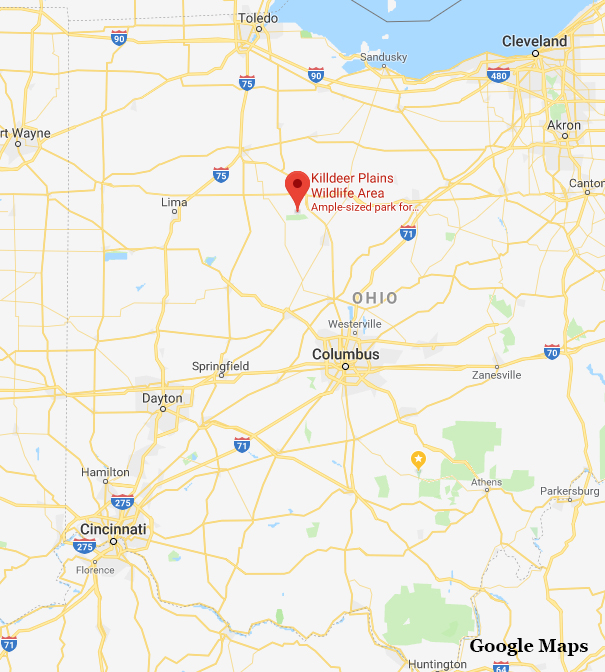Ohio moonscape transitioned to duck habitat
Ohio’s Killdeer Plains Wildlife Area fits into a one-of-a-kind conservation category
Ohio’s Killdeer Plains Wildlife Area fits into a one-of-a-kind conservation category
Human development has disrupted wetland habitats in all corners of North America and reversing this damage often means conservation work in unique and challenging situations.
The enhancement of Ohio's Killdeer Plains Wildlife Area fits into that one-of-a-kind conservation category. Ducks Unlimited, the Ohio Department of Natural Resources Division of Wildlife (ODOW) and Energy Transfer teamed to turn a barren, former water reservoir into fresh new habitat for ducks.
The 240-acre slice of land is about 65 miles north of Columbus in Wyandotte County. The U.S. Army Corps of Engineers constructed it in the 1970s as a drinking water reservoir - a large basin surrounded by tall earthen berms. The bowl of water proved to be a popular fishing spot for locals.
Structural integrity of those large berms began to fail several years ago. The water was partially drained for several years, then completely drained in 2016 for safety purposes.
"When the water was drained, what was left looked like the surface of the moon," said Russ Terry, Ducks Unlimited's regional biologist for Ohio. "It was a barren landscape. Killdeer is a very popular public hunting and fishing area, and it would have been a shame for people to have lost prime outdoor recreation space."
The ODOW and Ducks Unlimited, using funding from corporate partner Energy Transfer, got to work on a design to turn the barren bowl back into wildlife terrain. Construction concluded this summer and includes two new wetlands totaling 80 acres and 140 acres of native grasses and wildflowers.
"There were multiple ideas as to what to do with it when we knew it was going to be drained, It was a unique opportunity to make the best resolution with what was there," said Dave Sherman, ODOW wetland habitat coordinator.
The drained reservoir was bare and full of trash. In a few seasons it will be full of new vegetation.
"There was an opportunity to put more wetland acres on the ground that maximizes wildlife habitat, and not just have it turn into an unproductive area," he said. "Because we were able to create wetlands surrounded by grass, it will have good nesting habitat for waterfowl and other birds."
The new marsh will take a few years to mature, as wetland and prairie vegetation take root and spread. The area is open to hunters, birders and hikers.
Ducks Unlimited uses cookies to enhance your browsing experience, optimize site functionality, analyze traffic, and deliver personalized advertising through third parties. By continuing to use this site, you agree to our use of cookies. View Privacy Policy